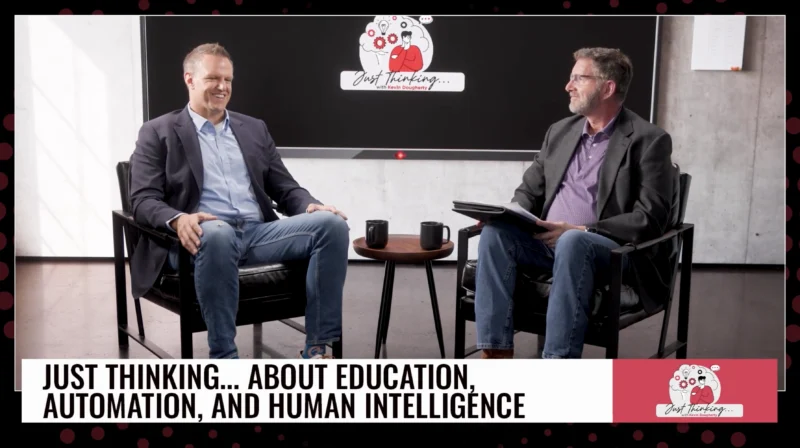Why Hardwired Buttons Outperform Wearable Devices in School Safety
In a recent episode of “Secured” with hosts Mike Matranga and Mike Monsive, the conversation revolved around the evolution of safety systems in schools and wearable devices. The discussion highlighted the simplicity of understanding effective systems, using Buc-ee’s gas stations’ success, known for their clean restrooms, as an analogy for consistency and excellence.
Matranga and Monsive emphasized the importance of communication in safety systems. They advocated for transitioning from outdated analog intercoms to modern IP-based systems while retaining essential hardwired buttons. These updated systems provide multiple advanced functions: pressing a button can trigger various actions such as sending an email, making an outbound call, contacting 911, or alerting administrators and law enforcement.
The simplicity of hardwired systems, which are consistently located throughout a building, ensures everyone, including substitute teachers, can easily locate and use them. This contrasts with wearable devices, which often face numerous challenges. Companies promoting silent panic alarms require extensive cabling and gateways, complicating implementation and maintenance. These gateways cover limited areas, necessitating more hardware and resources.
Moreover, wearable devices come with their own set of issues. They are battery-operated, requiring regular monitoring and replacement, and are prone to being damaged, lost, or forgotten. Initially, teachers may be diligent in using these devices, but over time, their usage often declines.
Matranga and Monsive stressed that the reliance on such unreliable devices could jeopardize lives, advocating for simpler, more reliable solutions. Their discussion underscores the need for effective, easy-to-use safety systems in schools, ensuring that all staff members can efficiently respond in emergencies.




